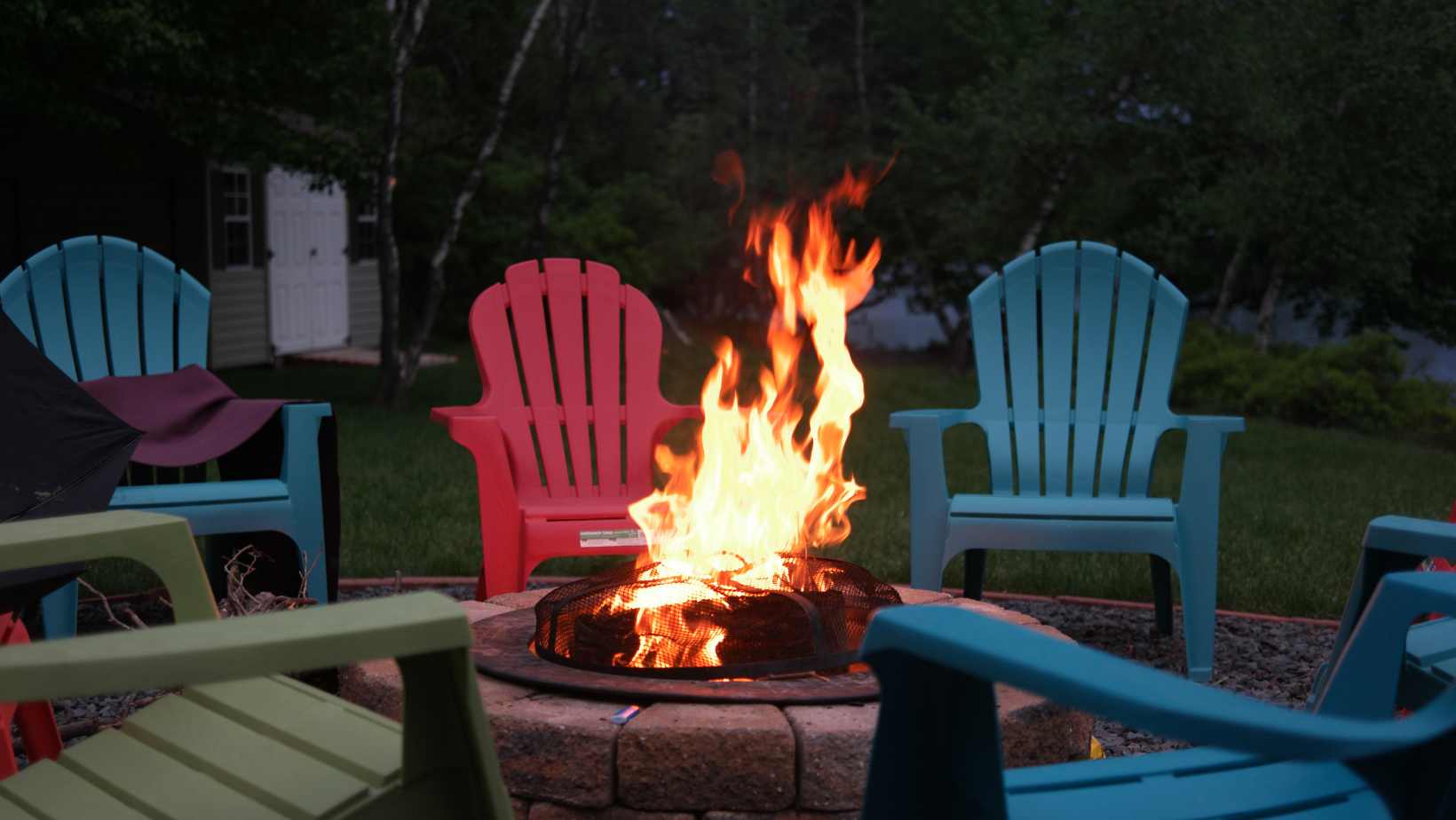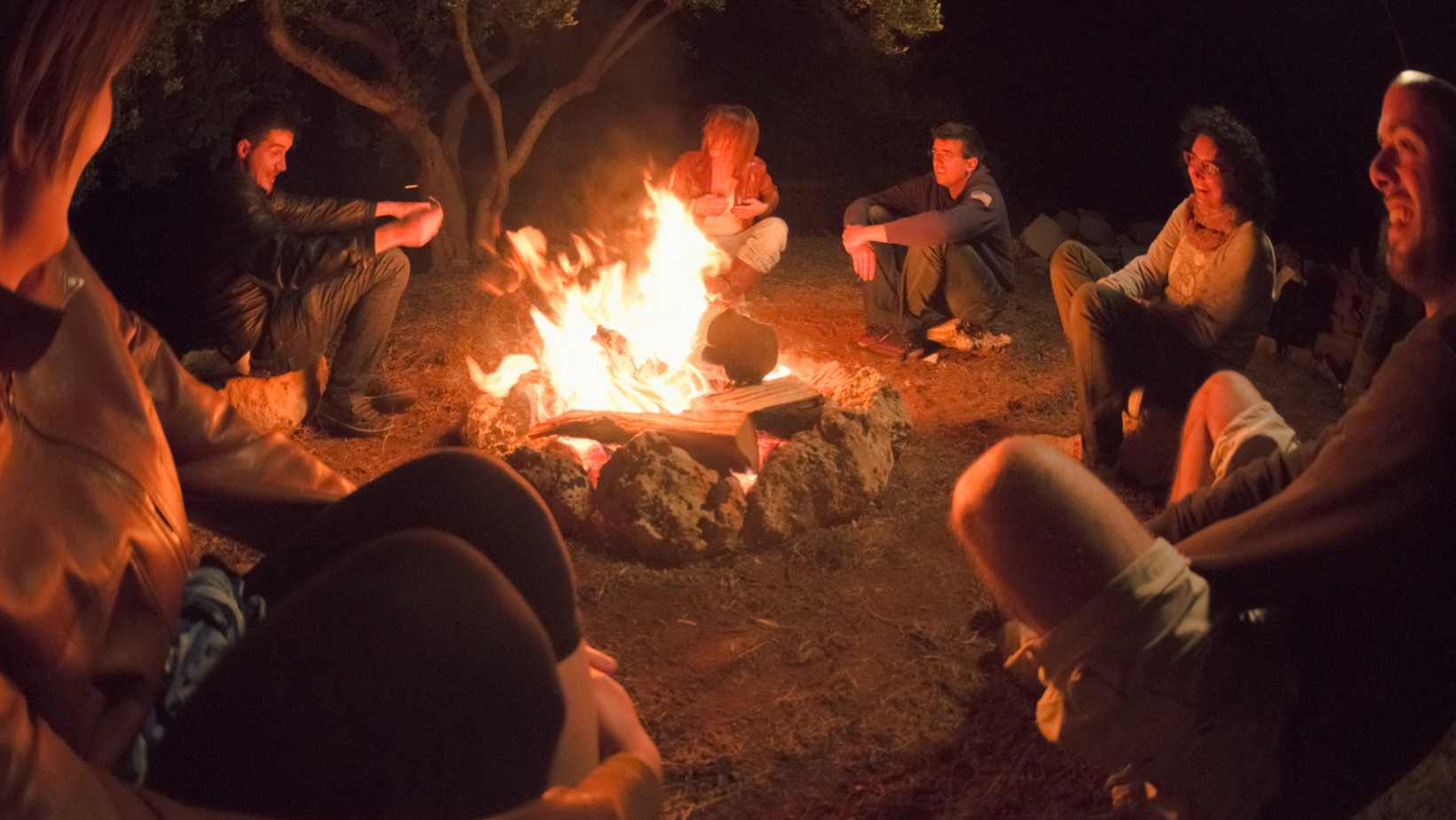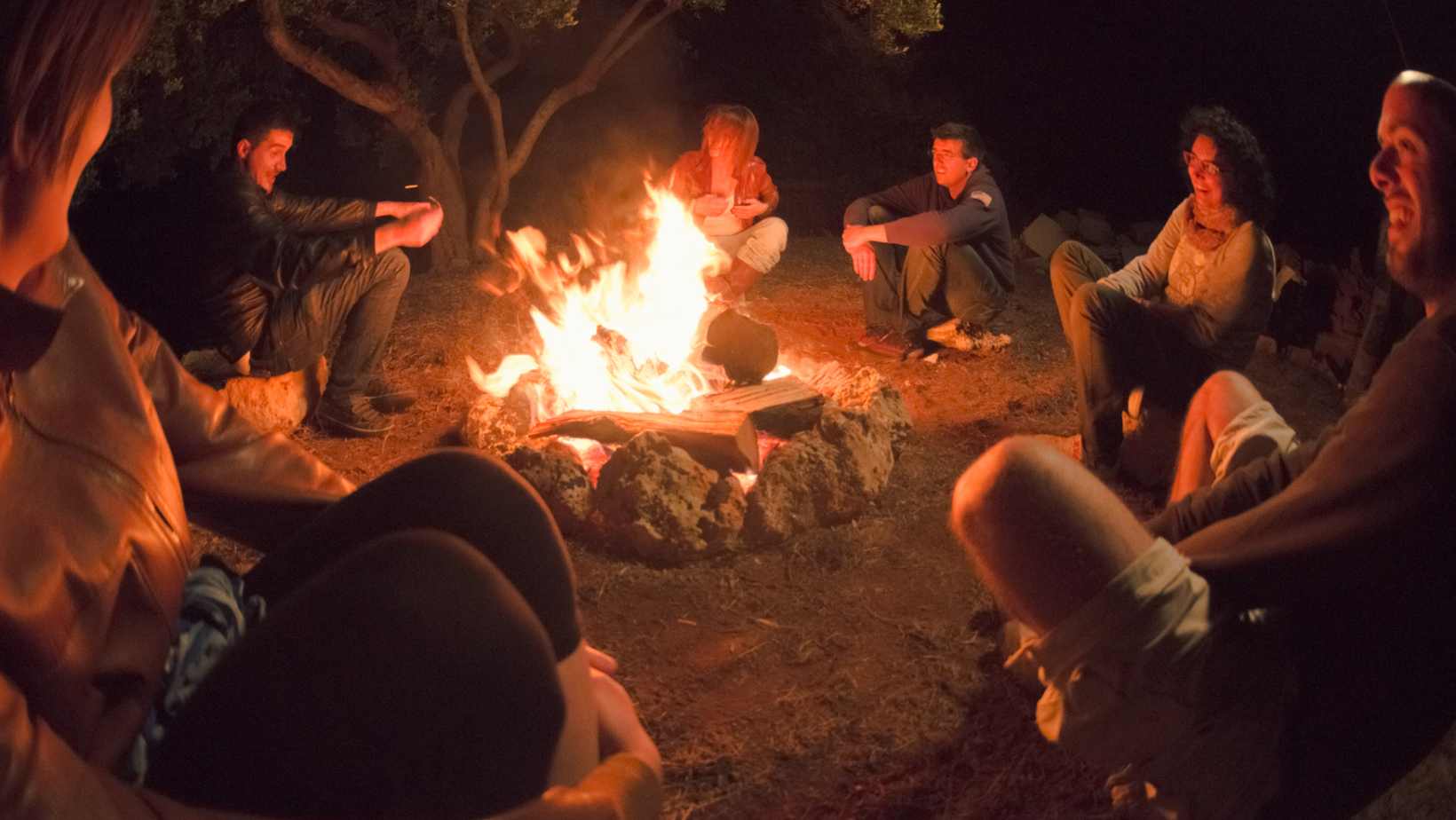
Is It Safe to Light a Campfire in a Cinderblock
When planning a camping trip, one of the most important considerations is safely cooking and warming up while enjoying the great outdoors. While building a campfire is a classic option, it’s essential to consider the safety of your surroundings before lighting the match. Specifically, you might wonder: is it safe to light a campfire in a cinderblock?
First and foremost, it’s important to recognize that cinderblocks are not designed to withstand high temperatures. If exposed to excessive heat for extended periods, they may crack, split, or shatter, potentially causing serious injury or property damage. As such, using a cinderblock as your fire pit, particularly in an area where fires are prone to spread, is generally not recommended.
There are, however, some ways you can safely incorporate cinderblocks into your campsite. For example, you might prop up a cooking grate or create a barrier between your fire and any combustible materials nearby. Ultimately, the key is to balance meeting your camping needs and ensuring everyone’s safety.
The Materials And Building Process of Cinder Blocks
Cinder blocks, or concrete blocks, are commonly used in the construction industry due to their durability and strength. They are made of mixed cement, water, and aggregates and then molded into a rectangular shape. Cinder blocks differ from traditional bricks because they are hollow in the center, which makes them lighter and easier to handle.
When it comes to whether it’s safe to light a campfire in a cinderblock, the answer is not straightforward. While cinder blocks are undoubtedly strong, they are not designed to withstand direct exposure to high temperatures for extended periods.
When cinder blocks are exposed to heat, they can crack or even explode due to the pore structure within their composition. While the outer layer of the block may appear intact, the inside can become damaged, leading to structural instability.
However, there are some steps that you can take to minimize the risks of building a fire in a cinderblock:
- Use cinder blocks that are specifically designed to withstand high temperatures, such as firebricks
- Build a small fire in the center of the cinder block structure, giving some space between the fire and the blocks
- Avoid building a fire directly on top of cinder blocks, as the heat can cause them to crack
- Monitor the fire closely and never leave it unattended.
In summary, while cinder blocks are a durable building material, they are not designed to be exposed to high temperatures for extended periods, and building a fire in them can pose a risk. However, by taking appropriate precautions and closely monitoring the fire, you can reduce the risks and enjoy a safe and cozy campfire.
The Science Behind Thermal Expansion
Cinderblocks are commonly used to create fire pits or fireplaces. However, many people wonder if lighting a campfire in a cinderblock is safe. We must first understand the science behind thermal expansion to understand whether it is safe.
Thermal expansion is the process by which materials expand or contract when exposed to changes in temperature. This naturally occurs in all materials, including concrete and cinderblocks. The degree of expansion depends on the material’s coefficient of thermal expansion (CTE), which determines how much a material will expand or contract with each temperature change.
Cinderblocks are made of concrete, typically with a CTE of around 6 x 10^-6/°C. This means that for every degree Celsius increase in temperature, concrete will expand by approximately 6 millionths of its volume. While this may seem small, it can still lead to significant structural changes.
Cinderblocks can expand and contract rapidly when exposed to high temperatures, such as those produced by a campfire. This can cause them to crack, break, or even explode under pressure. In addition, the mortar holding the cinderblocks together can also break down over time, further weakening the structure.
One factor that can affect the safety of lighting a campfire in a cinderblock is the condition of the cinderblocks. Old, damaged, poorly maintained cinderblocks may be more prone to cracking and breaking under high temperatures.
Another important factor is the size and intensity of the campfire. A small, controlled fire may be less likely to cause damage to the cinderblocks than a large, blazing fire. It’s also important to monitor the fire closely and keep a fire extinguisher or water source nearby in an emergency.
In conclusion, while it may be technically possible to light a campfire in a cinderblock, it may not be the safest choice. The risk of thermal expansion causing damage to the cinderblocks or the surrounding area is a concern. Therefore, it’s always best to exercise caution regarding fire safety, especially when using materials not specifically designed for high temperatures.
For those who love spending time outdoors, building a campfire in a cinderblock is a convenient way to contain the flames and keep the fire from spreading. However, it is crucial to take some precautions to ensure safety and prevent accidents.
Precautions to Take When Building a Campfire in a Cinderblock
- Choose a Safe Location: When building a campfire in a cinderblock, it’s essential to choose a location away from trees, bushes, or anything that might catch fire. Avoid building the fire too close to the campsite, tents, or any flammable equipment, as it can increase the risk of a fire spreading.
- Clear the Area: Before starting the fire, clear the area around the cinderblock by removing any debris, dry leaves, and grass. Ensure there’s no dry brush or fuel the fire could easily catch.
- Use the Right Fuel: Use only dry wood, kindling, or charcoal to start the fire. Avoid using gasoline, lighter fluid, or any other flammable liquid, as they can cause a dangerous flare-up or explosion.
- Don’t Overload the Cinderblock: When building the fire, make sure not to pile up too much wood or kindling in the cinderblock. Overloading the cinderblock can make it unstable and increase its potential to collapse.
- Never Leave the Fire Unattended: One of the most crucial precautions when building a campfire in a cinderblock is never leaving the fire unattended. Always make sure there is someone responsible for tending the fire. Fires can spread quickly and cause severe damage if left unattended.
- Extinguish the Fire Completely: Before leaving the campsite or going to bed, extinguish the fire completely. Pour water on the ashes and embers, stir the remains with a shovel, and pour more water until no hot spots or smoke is visible.
In conclusion, while building a campfire in a cinderblock can be safe, taking the necessary precautions is vital to reduce the risk of accidents. Following these precautions, you can enjoy a warm, cozy fire without worrying about the fire spreading or hurting someone.
Conclusion
After careful consideration and research, I have concluded that it is not safe to light a campfire in a cinderblock.
While cinderblocks may seem sturdy and durable, they can crack and shatter when repeatedly exposed to extreme heat. This can lead to a dangerous situation where hot embers or burning logs can fall through the cracks and start a fire outside the designated campfire area.
Additionally, cinderblocks can release harmful chemicals and fumes when subjected to high temperatures. This can pose a serious health risk to anyone near the fire, especially if they have respiratory issues or allergies.
Therefore, using a designated fire pit or ring made from non-combustible materials like concrete or metal is much safer. In addition, these materials are much more heat-resistant and will not crack or break down over time.
In summary, while using cinderblocks as a makeshift fire pit may be tempting, it is not worth the risk of injury or property damage. Always prioritize safety when making decisions about campfires and enjoy the outdoors responsibly.


